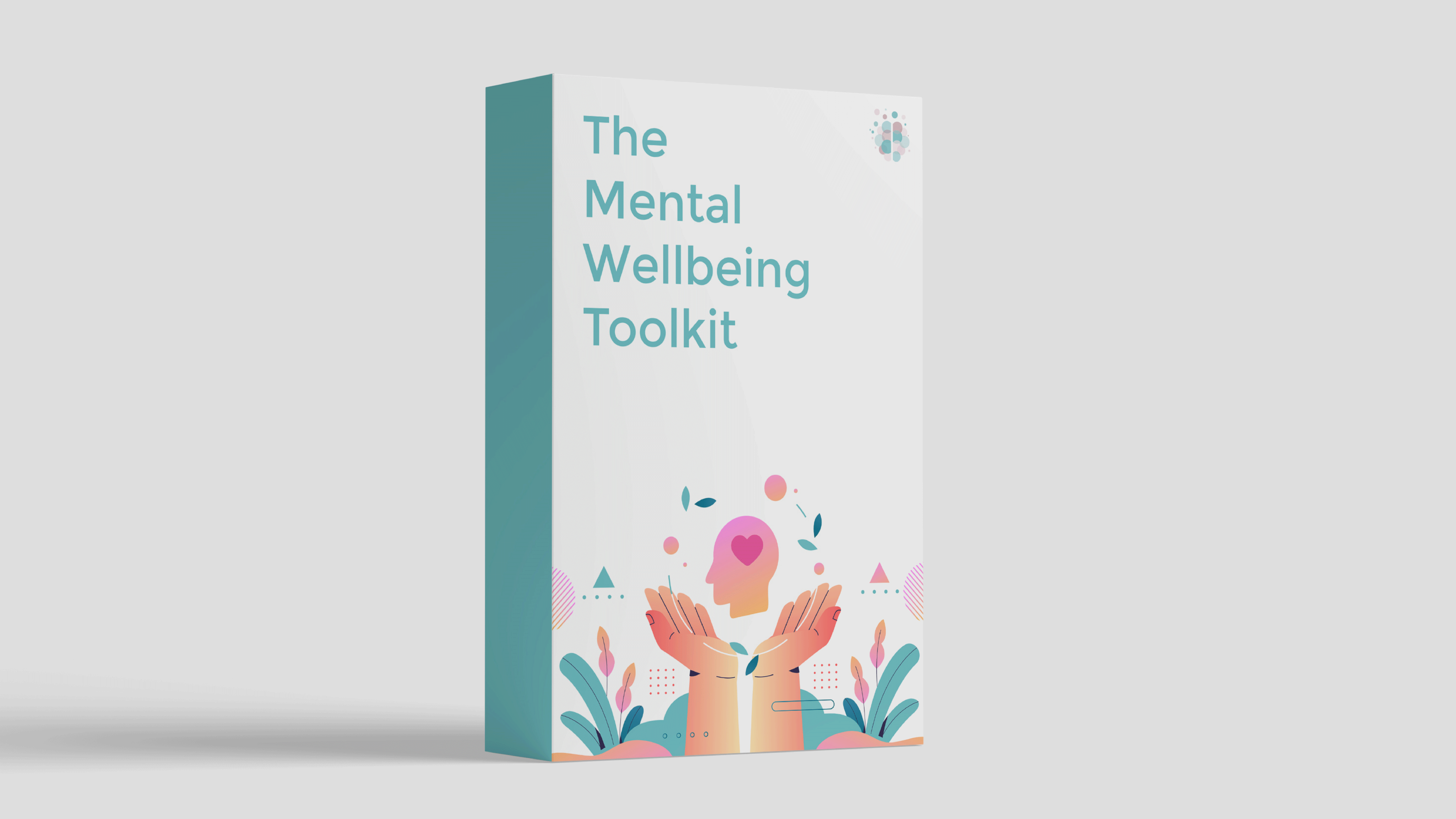Mental health problems outlined in the Diagnostic and Statistical Manual of Mental Disorders (DSM) and International Classification of Diseases (ICD) include:
- Major depressive disorder
- Generalised anxiety disorder
- Social anxiety disorder
- Panic disorder
- Borderline personality disorder
- Post-traumatic stress disorder
This language of ‘disorders’ – the medical/disease model – has been heavily criticised for a long time.
“Deeply flawed and scientifically unsound.” – Professor Allen Frances, the Chair of the DSM-4 committee
“It undermines genuine empathy and compassion; instead of seeing the people’s difficulties as understandable and natural responses to terrible things that have happened to them, the person is seen as having something wrong with them – an ‘illness’.” – Professor Peter Kinderman, former Vice-President of the British Psychological Society (BPS)
“Totally wrong, an absolute scientific nightmare.” - Dr Steven Hyman, former National Institute of Mental Health (NIMH) director
Public Criticism of the Diagnostic Model
The NHS have outlined two main criticisms of the current diagnostic approach:
- An increasing tendency to "medicalise" patterns of behaviour and mood that are not considered to be particularly extreme
- An unhealthy influence of the pharmaceutical industry on the revision process
The British Psychological Society (BPS) has long called for a system overhaul in relation to mental health.
They highlight several problems with the current system such as:
- Limitations in validity (i.e., inaccurate diagnoses)
- Limitations in reliability (i.e., inconsistent diagnoses)
- The negative impact diagnoses can have on people’s identity
We believe that the majority of mental health problems are best understood as normal human responses to distressing situations and the culture we live in. Not ‘disorders’. Not ‘illnesses’ – understandable responses to distress which are made worse through limited mental wellbeing skills.
Mental Health Is a Spectrum
Mental health is best understood as a spectrum that we all move along in our lives.
Viewing mental health as a spectrum helps to show that:
- There are no clear logical boundaries of what is an ‘unhealthy’ level of mental distress that should qualify as a ‘mental disorder’
- The majority of mental distress is primarily due to non-biological causes such as distressing situations and damaging social systems
- Whilst either anxiety or depression symptoms can be more prominent, they clearly aren’t separate – ‘mixed anxiety and depression’ is the most common diagnosis
The Transdiagnostic Approach to Mental Health
The transdiagnostic approach in mental health is an increasingly popular framework that aims to identify and address shared underlying processes across different mental health disorders.
By recognizing the commonalities among mental health diagnoses, such as emotional dysregulation or interpersonal difficulties, the transdiagnostic approach allows for more efficient and cost-effective treatments. Rather than solely managing symptoms, it focuses on addressing the root causes of poor mental wellbeing.
Studies Suggest Rumination is a Root Cause of Depression and Anxiety
In the past few years, the National Institute of Mental Health (NIHM) has stopped funding studies that present depression and anxiety as different diagnoses.
Research suggests that a root cause of both depression and anxiety symptoms is rumination – the tendency to focus your attention on distressing thoughts, emotions, and memories.
That's why Step 1 of The Mental Wellbeing Toolkit, The Thinking Slow Method, outlines a step-by-step approach for reducing rumination. It's also why we offer a 'Mental Wellbeing Toolkit' rather than a 'Depression/Anxiety Toolkit'. As Peter Breggin says,
"Psychiatric labels refer to human conditions that cannot be pigeonholed, because they are not diseases, but subjective human experiences that exist along a complex continuum."

